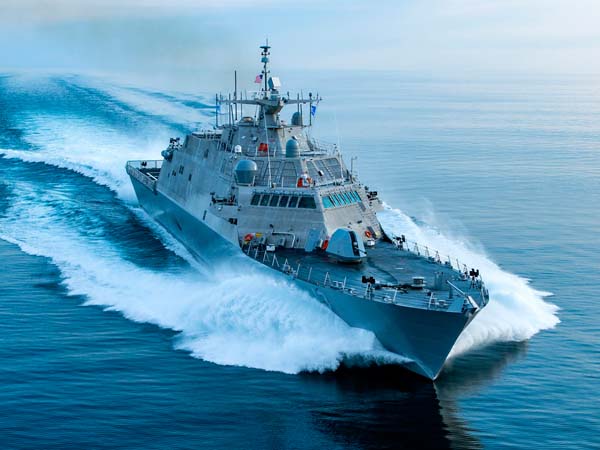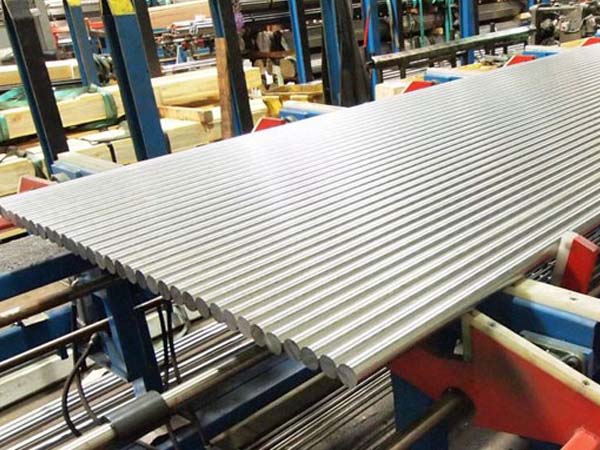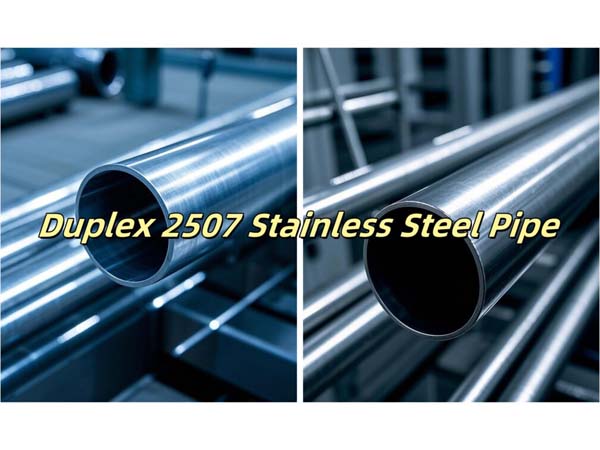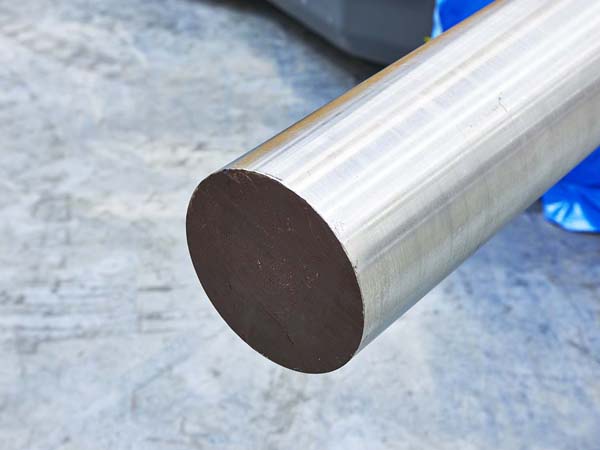





Phone
+86-731-82250427
Address
25th floor, C3 Building, Wanda Plaza, Kaifu District, Changsha, Hunan Province, China.
 Apr 10 2025
Apr 10 2025In aerospace engineering, where material failures can doom billion-dollar missions, NASA’s preference for 431 stainless steel round bars defies the allure of flashier alloys. This martensitic steel, often overlooked in favor of titanium or superalloys, has become indispensable for spacecraft and rockets—not by accident, but through a calculated balance of physics, economics, and adaptability to extremes.
Spacecraft components endure a brutal duality: cryogenic freezing in fuel tanks and scorching heat during re-entry, all while resisting radiation and mechanical stress. Here, 431 stainless steel thrives. Its blend of chromium for corrosion resistance and carbon for hardenability allows it to maintain structural integrity from -200°C to 650°C. This reliability recently proved vital in valves for NASA’s Mars Sample Return mission, where failure would have stranded irreplaceable Martian samples. While titanium offers superior strength-to-weight ratios, 431 counters with magnetic permeability and thermal conductivity—critical for satellite mechanisms needing precision alignment. The Artemis program’s lunar landers, for example, leverage these traits in hinges that survive violent moon landings while ensuring instrument accuracy.
Machinability further elevates aerospace alloys 431’s status. Unlike finicky superalloys, it yields effortlessly to CNC machining, emerging as flawless thruster components or threaded fasteners. This precision is non-negotiable for reaction control systems, where micron-level flaws could derail orbital maneuvers. Meanwhile, 431’s radiation resistance—18% better than common austenitic steels—makes it ideal for shielding electronics on missions like Europa Clipper, where Jupiter’s radiation belts demand materials that degrade minimally over decades.
Supply chain stability seals 431’s dominance. With 90% of its raw materials sourced domestically, NASA sidesteps geopolitical risks plaguing cobalt-dependent alloys. This predictability was crucial for the James Webb Space Telescope’s sunshield rods, which required decades of reliability in the harsh Lagrange environment. Critics argue 431’s lower ductility limits its use, but NASA’s proprietary heat treatments have transformed it into a flexible solution for foldable lunar habitat joints—proving that perceived weaknesses can be engineered into strengths.
Looking ahead, 431 is evolving for off-world ambitions. Nanostructured coatings now armor it against Martian dust abrasion, while 3D printing trials at Marshall Space Flight Center push its temperature limits in rocket nozzles. These innovations hint at a future where 431 stainless steel forms the bones of lunar factories and deep-space habitats.
NASA’s loyalty to 431 stainless steel isn’t nostalgia—it’s a masterclass in pragmatic innovation. In an industry chasing exotic materials, this alloy’s quiet triumph reminds us that progress often lies not in the new, but in perfecting the possible. As private space firms mirror NASA’s choices, 431’s renaissance as a cosmic cornerstone seems inevitable.
